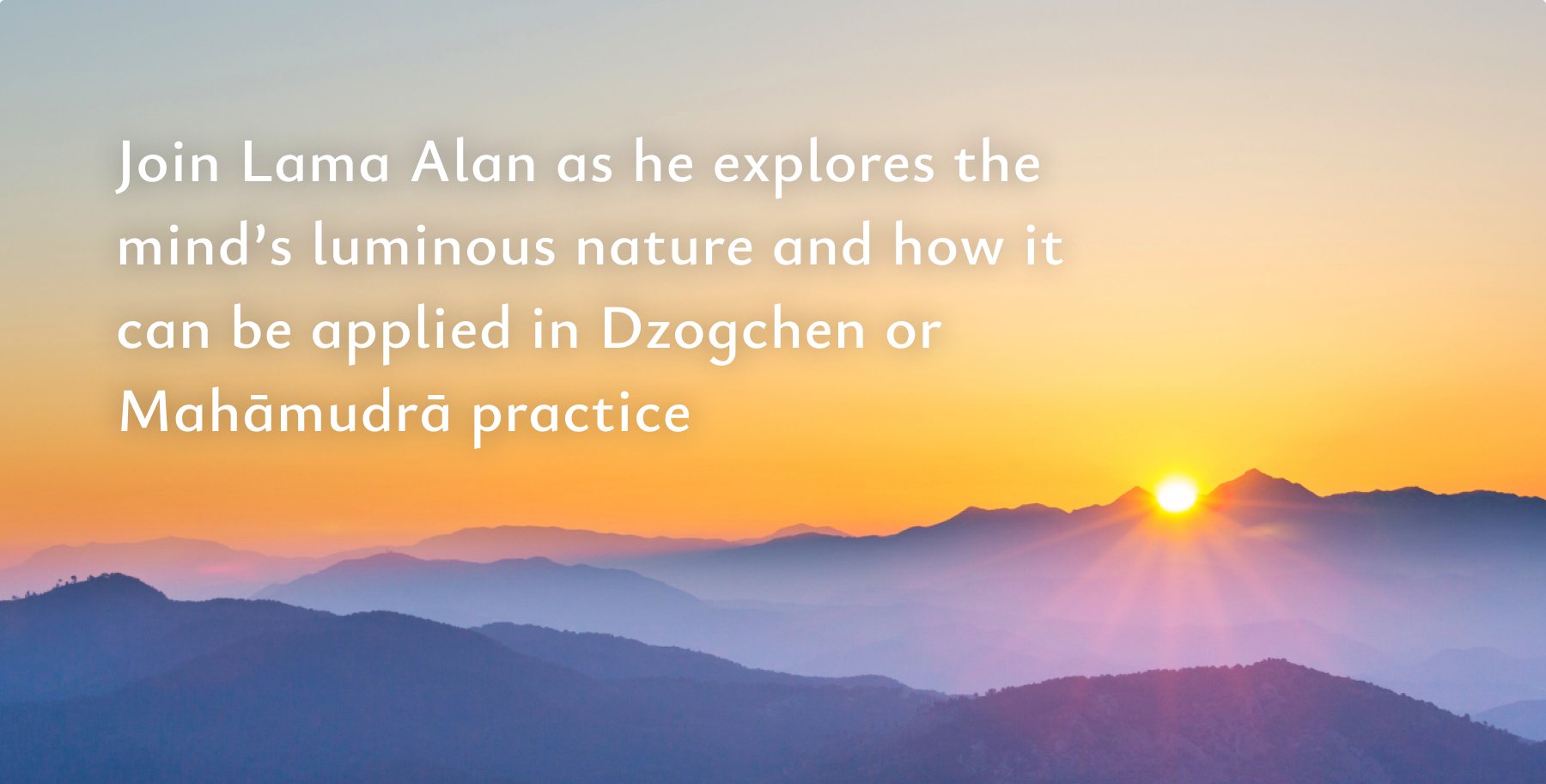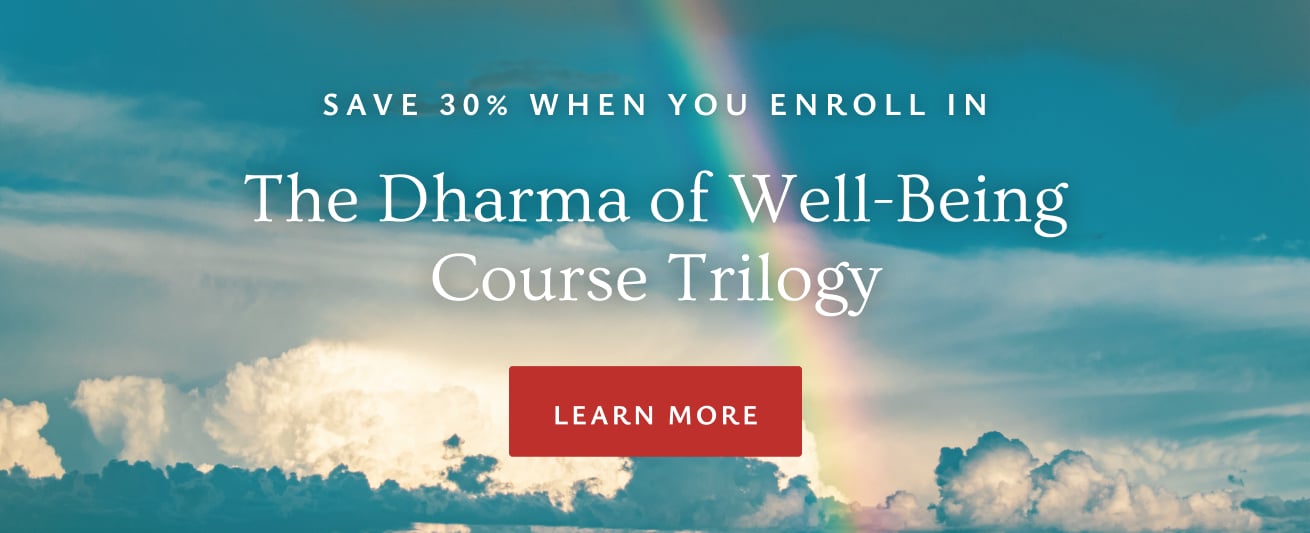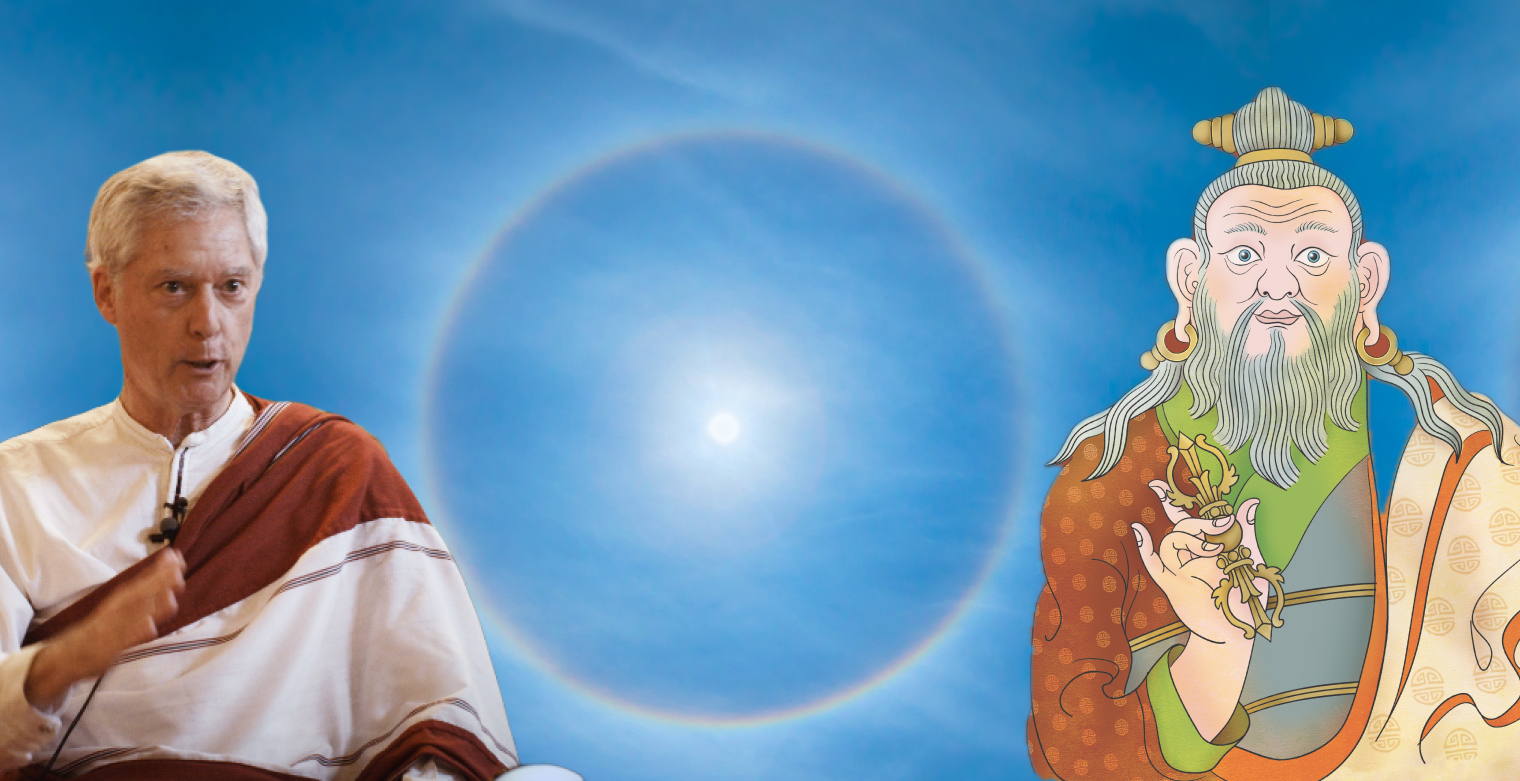
The Wisdom Academy presents
Encountering the Mind’s Natural Luminosity
Part 3 of The Dharma of Well-Being Course Trilogy with Lama Alan Wallace
Discover how to intuitively recognize your mind’s essential character under the guidance of renowned teacher Lama Alan Wallace.
In Encountering the Mind’s Natural Luminosity, you’ll learn a unique mode of knowing that gives you access to this vital intuition. This mode presents a different path from both experiential scientific exploration and inference supported by reason.
Scroll down to learn more, or click below to save your seat today. You’ll enjoy ongoing access to course materials. The course started on June 14, 2024 but you can learn at your own pace. Please scroll down for the full schedule.
Tuition: $247 USD
Terms: Students are not required to take The Dharma of Well-Being Part 1 and Part 2 before engaging with Part 3, but it is recommended. After enrolling, check your email for a welcome email with instructions on how to take the course. When you enroll in any Wisdom Academy course, you agree to our terms of use. Enrolled students have lifetime access to course materials. Wisdom is a 501(c)(3) nonprofit. Your tuition supports the creation of more courses like this one. Thank you! For more about our terms, please see the Wisdom Academy FAQ.

Benefits of Taking This Course
Receive an immersive and inspiring introduction to the teachings on Buddha essence (tathāgatagarbha) and the nature of the mind
Explore the link between the sūtra teachings on Buddha nature and Vajrayāna-level methods of practice
Receive guidance and encouragement for overcoming everyday life challenges on your spiritual journey
Gain deeper insight into these profound points in each lesson’s guided meditation, led by Lama Alan himself
Hone your understanding of each lesson’s material by engaging with exclusive readings and quizzes
In this course, you’ll discover a unique way of knowing that allows you to encounter your own Buddha nature.
This experiential mode of intuition is distinct from both empirical scientific observation and reason-based inference. Focusing on key insights from the third turning of the wheel of Buddhadharma, Lama Alan draws out the deeper meaning of our universal “Buddha essence” (tathāgatagarbha) and the luminous nature of mind.
He also skillfully reveals how these sūtra-based explanations lead into the Dzogchen and Mahāmudrā methods of practice emphasized at the tantric level.
Register today for an early bird special and join Lama Alan Wallace as he explores the Buddhist teachings on the mind’s luminous nature and how these teachings can be applied in Dzogchen and Mahāmudrā practices. This course is fully standalone but also the final and most profound installment in the Dharma of Well-Being trilogy.
Click the button to save your seat.
Tuition: $247 USD
Terms: After enrolling, check your email for a welcome email with instructions on how to take the course. When you enroll in any Wisdom Academy course, you agree to our terms of use. Enrolled students have lifetime access to course materials. Wisdom is a 501(c)(3) nonprofit. Your tuition supports the creation of more courses like this one. Thank you! For more about our terms, please see the Wisdom Academy FAQ.
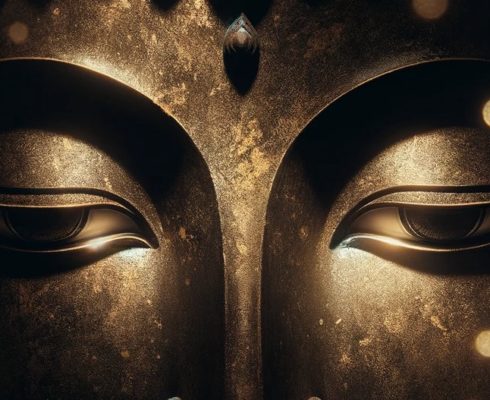
Lesson 1: Recognizing Our Enlightened Potential
Lama Alan Wallace begins the course with an exploration of how selflessness and the luminous mind are presented in the Pali canon and Perfection of Wisdom sūtras. He describes how these teachings prepare the student for the teachings on manifesting their own Buddha nature in the context of the third turning of the wheel of Dharma. You’ll learn how to identify what leads to happiness and suffering and how to remove the veils obscuring your pure, primordial awareness.

Lesson 2: Searching for the Mind’s Mode of Existence
Lama Alan juxtaposes the ways in which meditators initially understand two distinct yet complementary concepts—emptiness and the luminous mind. You’ll learn about how to develop intuitive confidence in tathāgatagarbha and how the four Buddhist philosophical schools conceive the final view of phenomena.

Lesson 3: Overcoming Grasping and Uncovering Buddha Nature
Lama Alan gives essential instructions on combating self-centredness and grasping and the need to approach one’s study and practice in a natural and commonsense manner. He also shares his own thoughts on a number of profound passages from sūtras such as the Laṅkāvatāra Sūtra on how our pure buddha nature is obscured by false imaginings and the contaminated aggregates. You’ll become better acquainted with your enlightened potential both on and off the meditation cushion.

Lesson 4: Nature or Nurture? The Twofold Division of Tathāgatagarbha
Lama Alan summarizes the view, meditation, and conduct presentations expounded by the various Buddhist philosophical schools before examining the two types of buddha nature—naturally present and evolving. You’ll learn how to begin realizing your human potential by resting the mind in luminous awareness and turning your attention toward tathāgatagarbha.

Lesson 5: A Bridge From Sutra to Tantra
Lama Alan explains carefully how the sūtra teachings on the four noble truths, emptiness, and Buddha nature prepare a disciple for Vajrayāna methods such as Dzogchen or Mahāmudrā by refining the idea of the luminous mind to introduce the innate mind of clear light. You’ll learn about how the uncommon features of tantra—including working with the channels, winds, and drops—offer a unique opportunity to enhance the efficacy of your practice.

Lesson 6: Pristine Awareness as the Source of Saṃsāra and Nirvāṇa
Lama Alan continues to flesh out the deeper meaning of the luminous mind, noting how the sūtras emphasize rejecting affliction and differentiating appearance from reality while the Dzogchen approach is to gently examine the very nature of awareness itself. You’ll discover how the innate mind of clear light gives rise to the multitude of appearances we encounter and what the dissolution process looks like at the time of death.

Lesson 7: Consciousness as the Path
Lama Alan emphasizes the need to cease reifying our existence on the basis of body or mind and instead get in touch with the nature of our minds, recognizing that even the afflictions can be seen as expressions of natural luminosity. You’ll come to appreciate the importance of cultivating a mind that takes consciousness as the path and avoiding “practicing with a sentient being’s mind.”

Lesson 8: Relying on Primordial Consciousness in Daily Life
Lama Alan wraps up the course by reflecting on the foundational importance of understanding the points explained in the three turnings of the wheel of Buddhadharma in order to actualize the so-called “fruitional dharmakāya,” whether in the context of Dzogchen, Mahāmudrā, or Vajrayāna deity practice. You’ll review the key course takeaways and better understand the meaning of relying not on conditioned consciousness but primordial consciousness in meditation and post-meditation alike.
• When does the course run? Please see the course schedule below.
• Are there any live components? No, besides the ongoing forum discussions.
• Will I lose access? Enrolled students will retain ongoing access to course materials. For details please see the Wisdom Academy FAQ and our terms.
• June 14 – Lesson 1 is released at 9 A.M. EST. Subsequent lessons are released, one lesson a week, always on Fridays at 9 A.M. EST.
• June 21 – Lesson 2
• June 28 – Lesson 3
• July 05 – Lesson 4
• July 12 – Lesson 5
• July 19 – Lesson 6
• July 26 – Lesson 7
• August 02 – Lesson 8
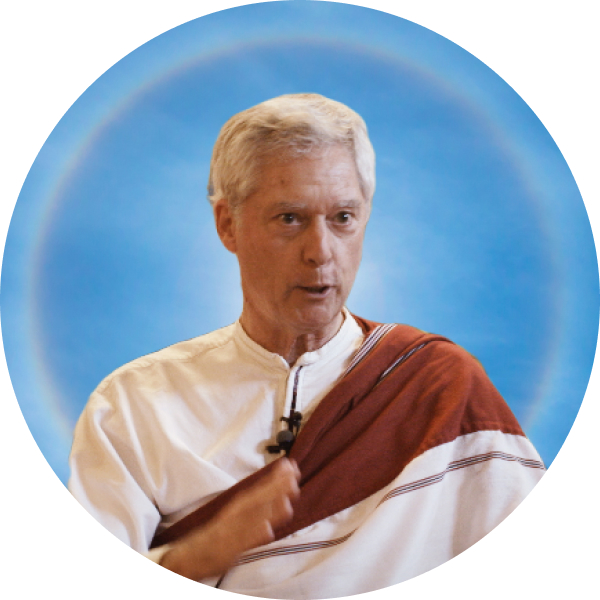
Lama Alan Wallace is the founder and director of the Santa Barbara Institute for Consciousness Studies and the Center for Contemplative Research. He trained for many years as a monk in Buddhist monasteries in India and Switzerland. He has taught Buddhist theory and practice in Europe and America since 1976 and has served as interpreter for numerous Tibetan scholars and contemplatives, including H. H. the Dalai Lama. After graduating summa cum laude from Amherst College, where he studied physics and the philosophy of science, he earned his MA and PhD in religious studies at Stanford University. He has edited, translated, authored, and contributed to more than forty books on Tibetan Buddhism, medicine, language, and culture, and the interface between science and religion.

